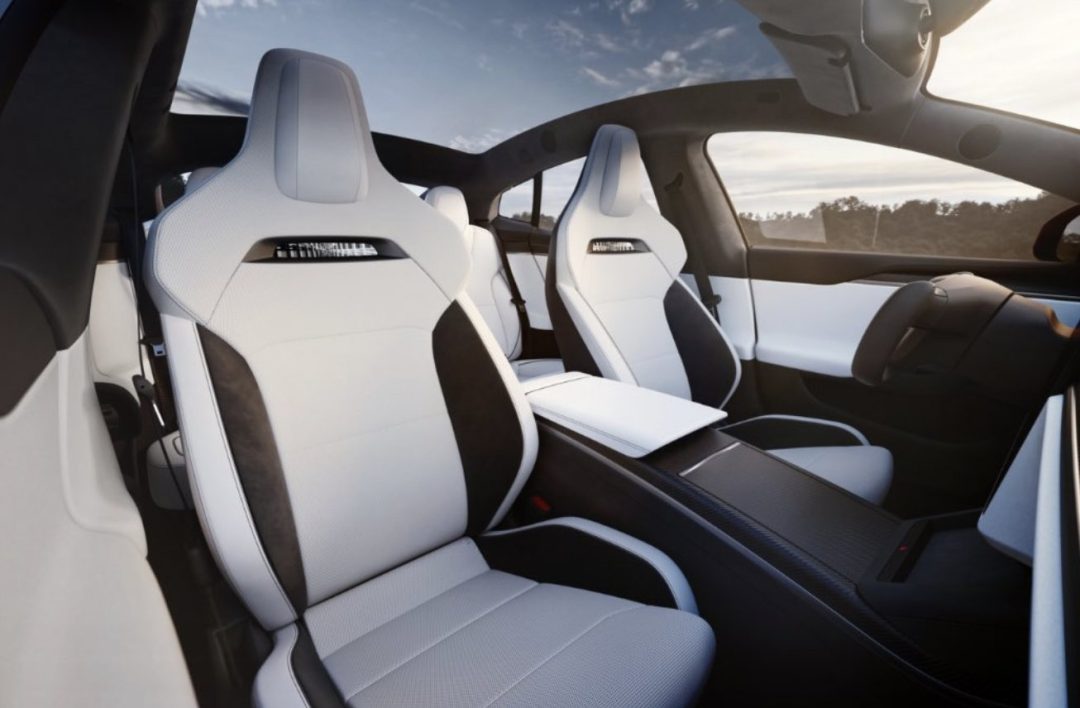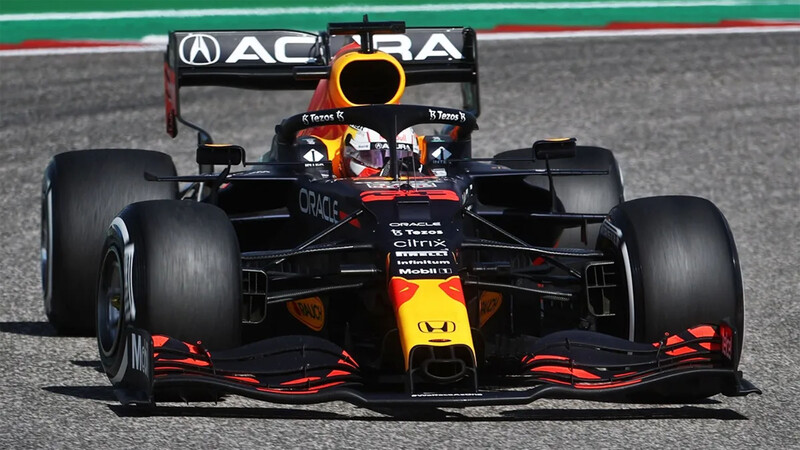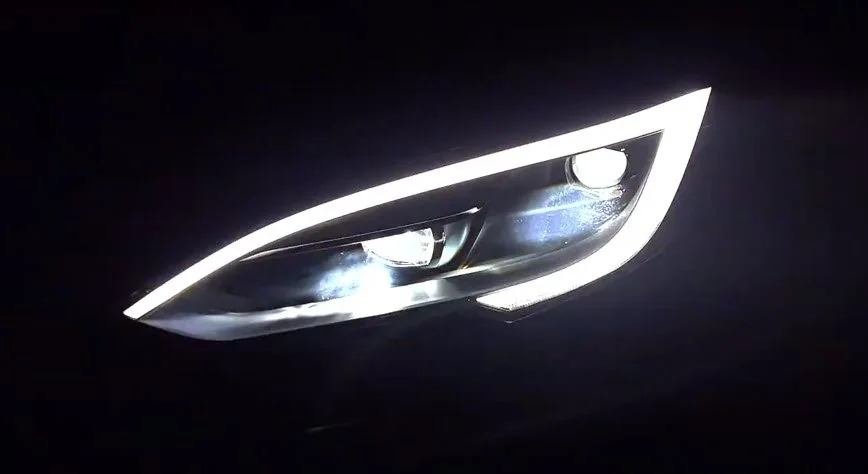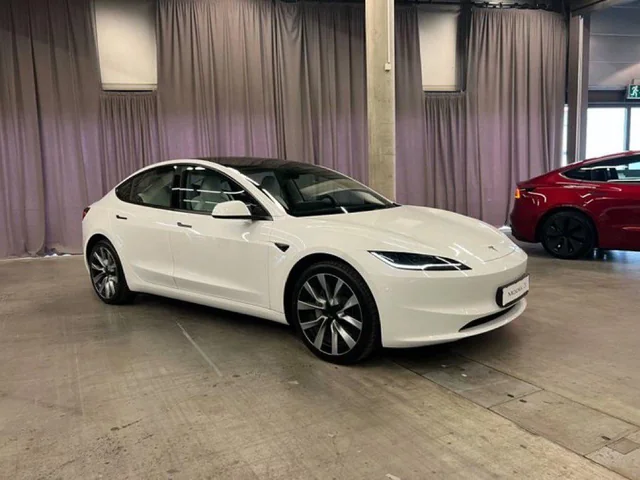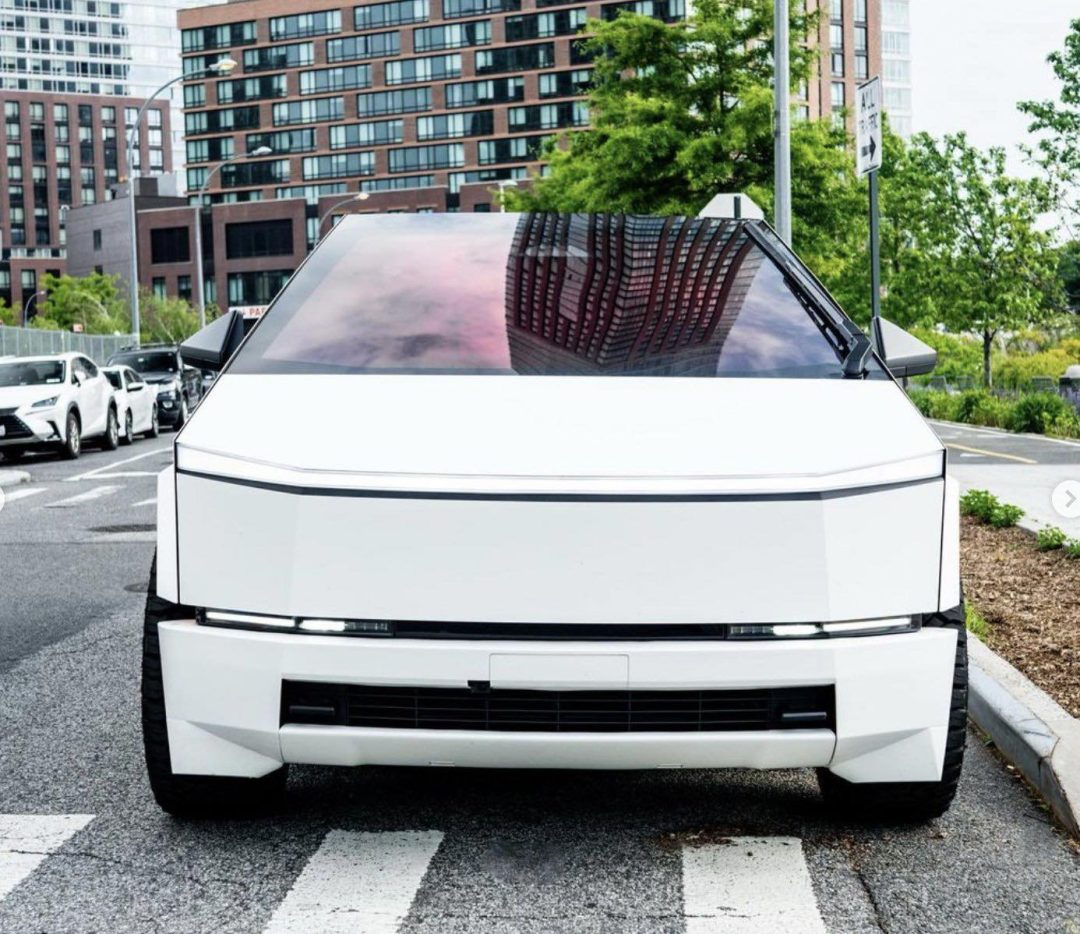Tesla is looking to score thanks to its Super Bowl surge. For the past couple of years, Tesla sales have substantially increased following the big game – despite not advertising. Now, as the king of the EV sector has started social media marketing, it has to get aggressive to cash in on that extra attention.
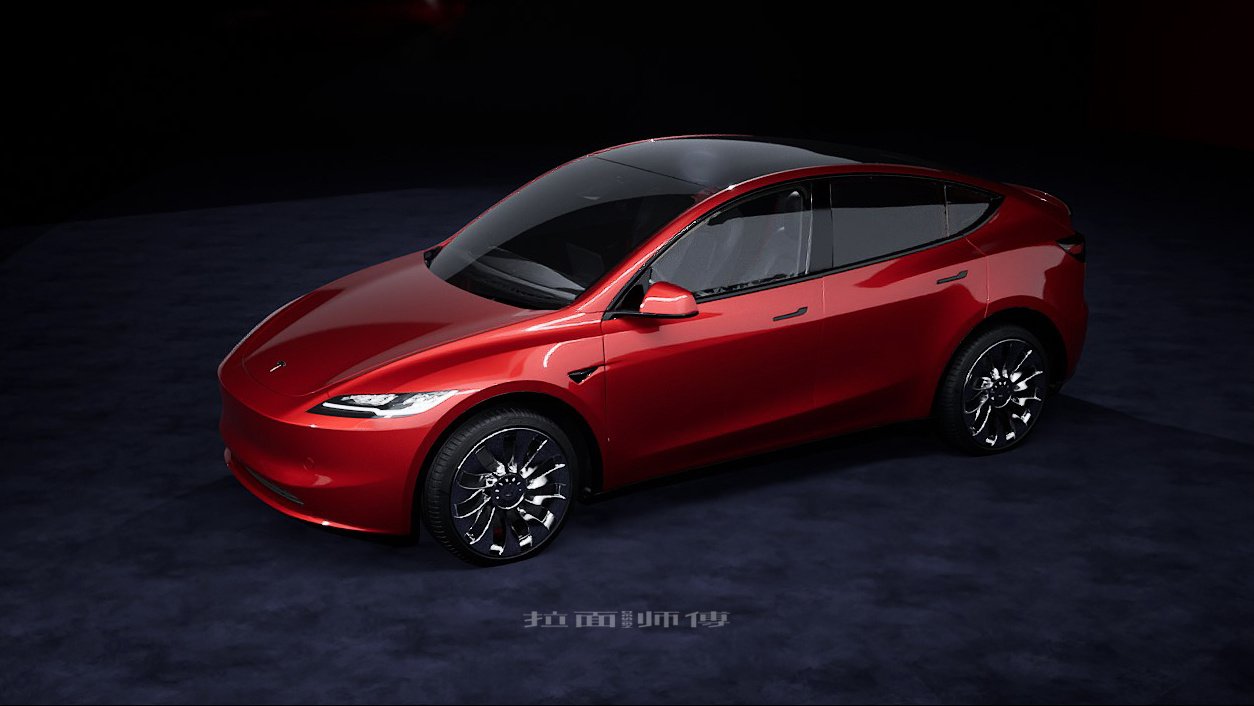
No Model Y Refresh This Year
With any campaign, the talking points must be sent out beforehand. Tesla has reported to its delivery advisors to not expect a Model Y refresh this year, at least in North America. The memo that was sent out, according to Teslascope, states:
“We heard your feedback that some customers are waiting to place their Model Y order as they anticipate a refresh similar to Model 3. It is important that we communicate transparently that there is no refresh for Model Y launching this year. There is no better time for customers to start driving the world’s best-selling vehicle. “
Evidently, the company has taken insights from the Highland rollout to heart. When word spread of the imminent Highland release, sales of the previous model dipped significantly. Quashing rumors is a shrewd move, yet the challenge remains: how will Tesla safeguard against the leaks that stripped the Highland launch of its element of surprise?

Model Y Goes on Sale
Tesla has strategically reduced the prices of the Model Y, signaling an aggressive push to boost sales. For the rest of February 2024, customers can enjoy a $1,000 discount on the Model Y RWD and Long Range models. Tesla has also rolled out enticing incentives, such as free Full Self-Driving transfers, lifetime free Supercharging for early adopters, and additional discounts for early Cybertruck reservation holders.
Tesla investor Gary Black pointed out the potential missed opportunity for Tesla, suggesting that even a single Super Bowl ad could have significantly bolstered consumer interest in the brand and been cheaper than giving a discount. With a $7 million investment for a 30-second spot, Tesla would only need to sell an additional 875 vehicles, assuming a gross profit of $8,000 per car, to cover the ad cost. Black suggests that the resulting surge in consumer interest could far outweigh the immediate expense. In contrast, Tesla’s current approach opts for a short-term sales boost, reducing the Model Y price by $1,000, equating to a $40 million monthly expenditure.
The transparency in Tesla’s communication and its pricing strategy is designed to keep the sales momentum high, especially as competitors showcase their electric offerings through high-profile advertising campaigns. Despite not participating in the advertising blitz of events like the Super Bowl, Tesla remains steadfast in its approach, relying on direct communication and a robust offering of incentives to engage and retain customers.
